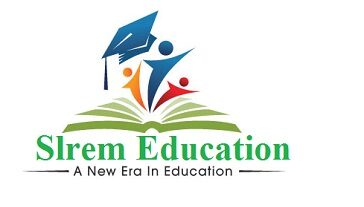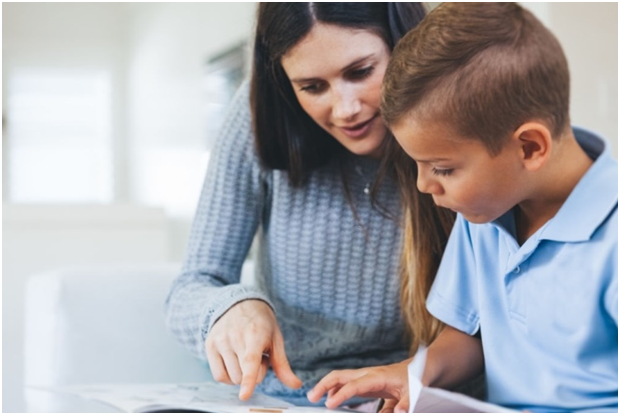“Success is no accident. It is hard work, perseverance, learning, studying, sacrifice and most of all, love of what you are doing or learning to do.” – Michael Phelps
We all know that reading is essential for accomplishment in schools. Learners need to be able to read, interpret, and understand assignments across all subjects. Needless to say, literacy aptitudes are one of the most vital areas of capability kids develop in their first few years at school. Nevertheless, not all students find learning to read such an easy progression.
Most of the time, we can see the struggling readers quickly fall behind their peers and develop low self-esteem with a lack of confidence. Reading skill influences performance across all areas of the curriculum including writing skills as well. Therefore, it’s important to deliver satisfactory strategy training as early as possible.
Did you know around 70% of learners with dyslexia struggle to split words into their component sounds? Additionally, it is also significant to note that kids with learning difficulties do not always gain skills in the normal growing arrangement. No sole reading technique will be effective for all learners with learning difficulties.
When kids try hard and still fight with a definite set of skills over time, it could be a mark of a learning special need. Examples of learning difficulties include —
- Dyslexia – difficulty with reading
- Dyscalculia – difficulty with math
- Dysgraphia – difficulty with writing
In this write-up, we have tried to focus on Dyslexia.
How To Develop Reading Skills Of Students With L&D?
Skilled and efficient special education teachers should be able to properly and methodically adapt or combine different teaching methods. Researchers say most children with learning difficulties will advantage from the application of variability of approaches. Some of the effective teaching approaches are described below.
- Choral Reading
Try Choral reading or partner reading in your class. It is another low-stakes, research-backed teaching approach. In Choral reading practice, the educator and class read a text aloud together, takes the attention off from the struggling readers while encouraging them to join.The latest research recommends that it progresses reading articulacy, develops terminology, and increases schoolchildren’s self-confidence.
- Linguistic Method
This technique practices a “whole word” approach. Here, words are taught in word families, or comparable spelling outlines, and only as complete words. The apprentice is not directly taught the association between letters and sounds but acquires the knowledge through minimal word differences. As the child progresses, words that have asymmetrical spellings are introduced as sight words.
- Record
If possible, ask your learners to record their reading aloud on their own. If certain sound-letter combinations or words are causing problems, you will get help from listening to the child read out loud. Though, this activity can be very stressful in front of a classroom of children, chiefly for a schoolchild who struggles with fluency. Thus, it is best to avoid calling on struggling readers during group reading and, in its place, have them work through a paragraph on their own. Make a recording that can be analyzed later on by a teacher to provide needed help.
- Pre-teach Vocabulary
Different kinds of major words thatyour student is going to see in a text,tryto practice reading them in isolation or phrases. You might do this via an interactive classroom-based activity. Get learners to use the words and then practice reading them from the board or on a piece of paper. Here, crossword puzzles can be an effective teaching tool or playing a spelling game also will help. It’s much easier to read a word if it is fresh in memory.
- Phonics Approach
The phonics approach explains word recognition through learning grapheme-phoneme (letter-sound) connotations. The child learns vowels, consonants, and combinations, and learns to sound out words by mingling sounds and blending them into words. By connecting speech sounds with letters, the child learns to identify new and unacquainted words.
- Neurological Impress Method
Neurological Impress is a rapid-reading procedure. The teacher reads a passage at a fairly rapid rate, with the teacher’s voice focused into the apprentice’s ear. The teacher starts as the leading reading voice, but slowly the learner spends more time leading these sessions. Learners who have learned mechanics without effectively learning reading articulacy often benefit from this. A student is directed to read a passage without mistakes and this technique functions most efficiently when it is experienced for short periods every day.
- Multisensory Approach
The multisensory method undertakes that some kids learn best when content is being offered in several modalities. Multisensory approaches that employ tracing, hearing, writing, and seeing are often denoted as VAKT (visual, auditory, kinesthetic, tactile) approach. Multisensory techniques can be used with both phonics and linguistic methods as well.
- Language Experience Method
The language experience style practices kids’ spoken language to progress material for reading. This method exploits each apprentice’s oral language level with individual experiences. Learning material is written by the kid and teacher for reading using each kid’s experience. This can be completed in trivial groups and independently as well.This approach helps kids recognize what reading is and the experiences can be conveyed in print.
Creating a stress-free environment and make the most use of a variation of books and materials are the fundamental teaching approaches of 21st-century teaching practices. Generally, children with learning difficulties will need a variety of instructional methods and these can be acquired with the learning disability courses online. Skilled teachers need topossess the capability to efficiently modify numerous teaching methods to meet the requirements of individual children with learning special needs.





